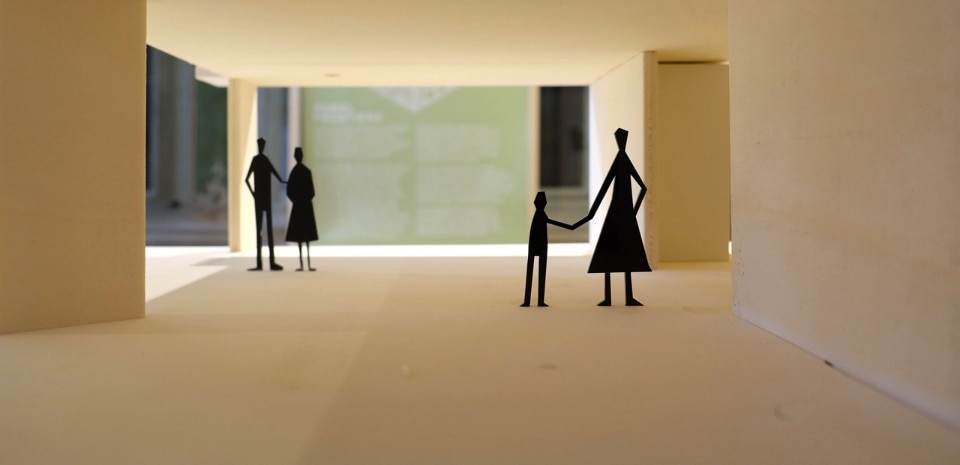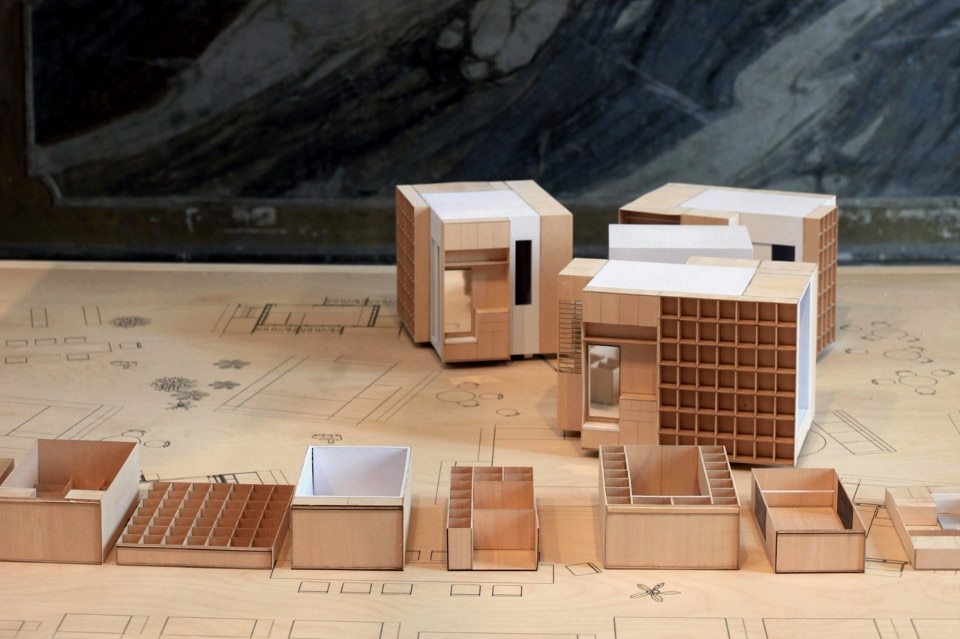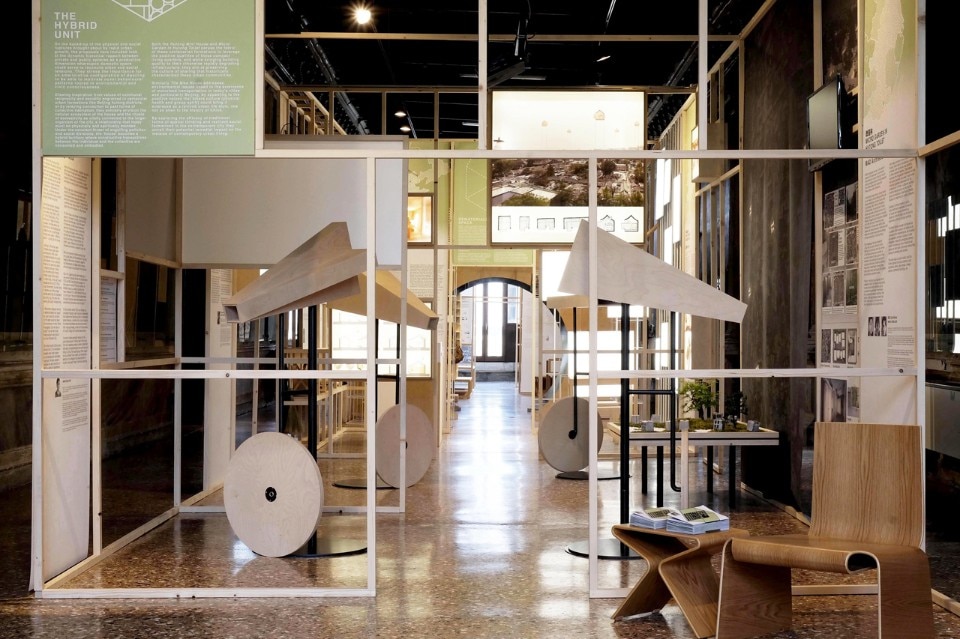
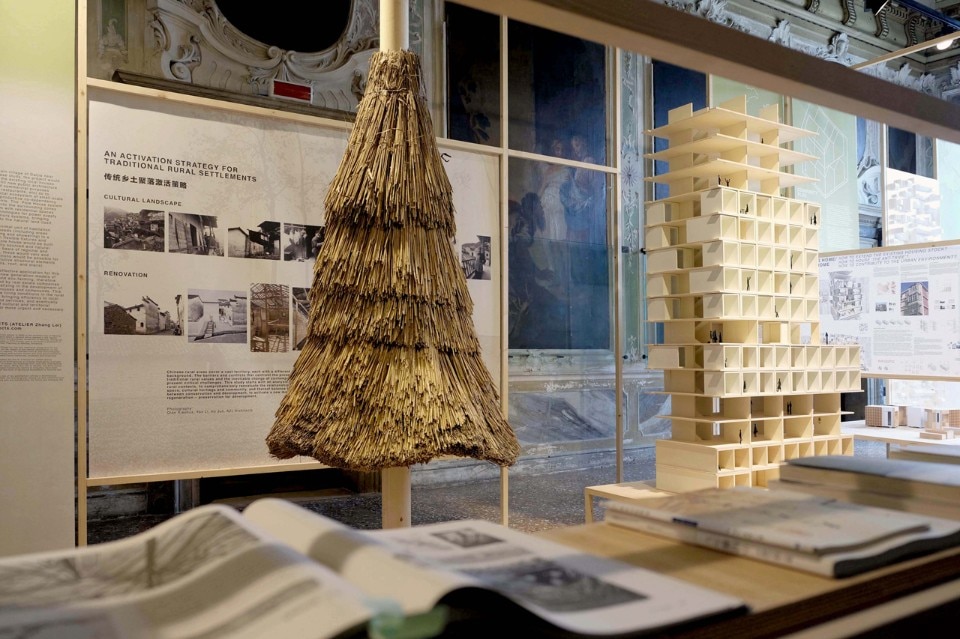
China House Vision was started in 2014 by a joint committee formed by the Nippon Design Center and Beijing Design Week. After more than one-year research and development, China House Vision has gathered the participation of 14 China-based architects, and presented a relevant symposium in January 2016 (Beijing).
The exhibition Across Chinese Cities – China House Vision therefore features for the first time the body of research so far produced by 12 architecture practices and relevant collaborating companies; the proposals are presented via newly designed installations specifically realized for the show, integrating research data, visual and material archives and conceptual renditions of their ongoing development.
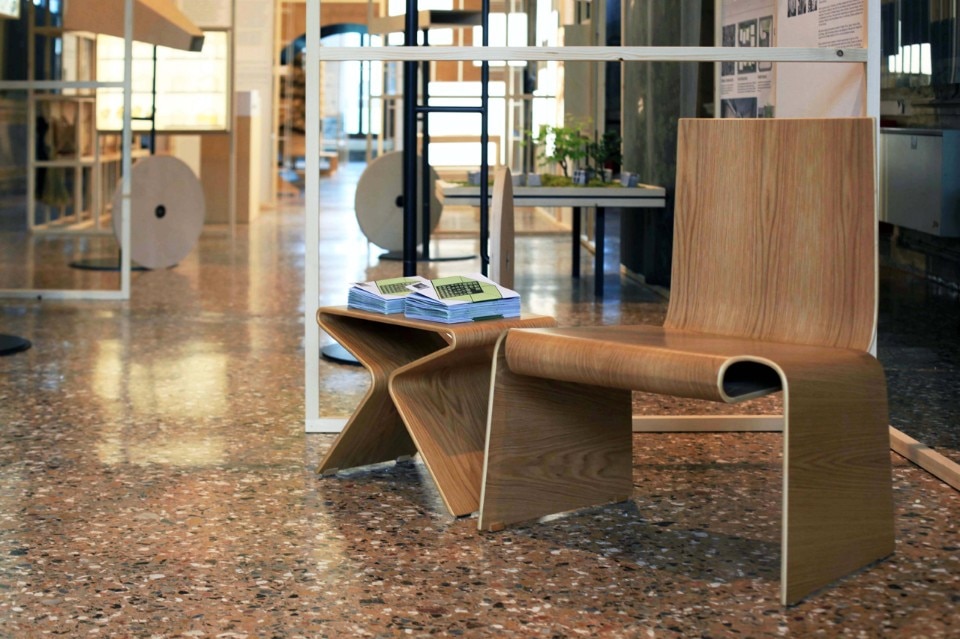
Grouped in five thematic clusters, these ideas cover the past eighteen months of research expounding upon a wide geographic blueprint of contemporary China, from urban to rural areas. As one of these five, a special project dedicated to the 2016 Across Chinese Cities Guest City Chengdu has been developed by the Beijing Centre for the Arts under the title ‘Chengdu Kitchen Project’.
The proposals variously address the wider cultural and historic implications affecting the habitat and role of architecture practice in today China as increasingly impacted by environmental factors, shape-shifting demographics and generational segmentation. The show renders manifest the contextual phenomena – economic, urban, social – that inform the research trajectories, motives and conditions behind the architectural proposals and selected industries collaborations, by reflecting on the implications of rethinking ‘habitation’ beyond the strict confines of the ‘private’.
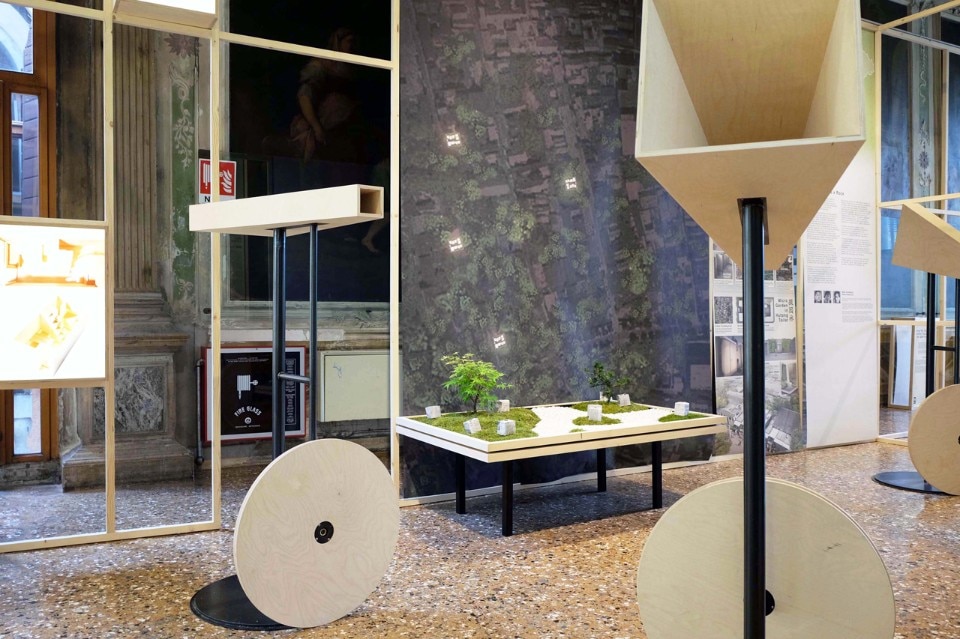
The projects in the first section The Hybrid Unit look at the dynamic historical rapport between private and public sphere so to investigate the efficacy of vernacular forms of spatial thinking and resilient social formations in the contemporary city. These include: The Bike House (Atelier FCJZ/Yungho Chang), Hutong MINI House (ZAO/standardarchitecture/Zhang Ke, who is also present in the main show of the Biennale ‘Reporting from the Front’), Mini Garden in Hutong Toilet (MAD Architects/Ma Yansong).
The second section Dematerialized Space corals projects rooted in the observation of transforming rituals of habitation and notions of home often unhinged from traditional architectural forms, and thus reference today’s hyper mobility and techno-social lifestyles typical of younger generations. These include: The House of Belongings (Atelier Deshaus/Liu Yichun), The House of Spontaneity (Trace Architecture Office/Hua Li), i-Living (Crossboundaries Architects), and The Thousand Hands House (Atelier Fronti/Wang Yun).
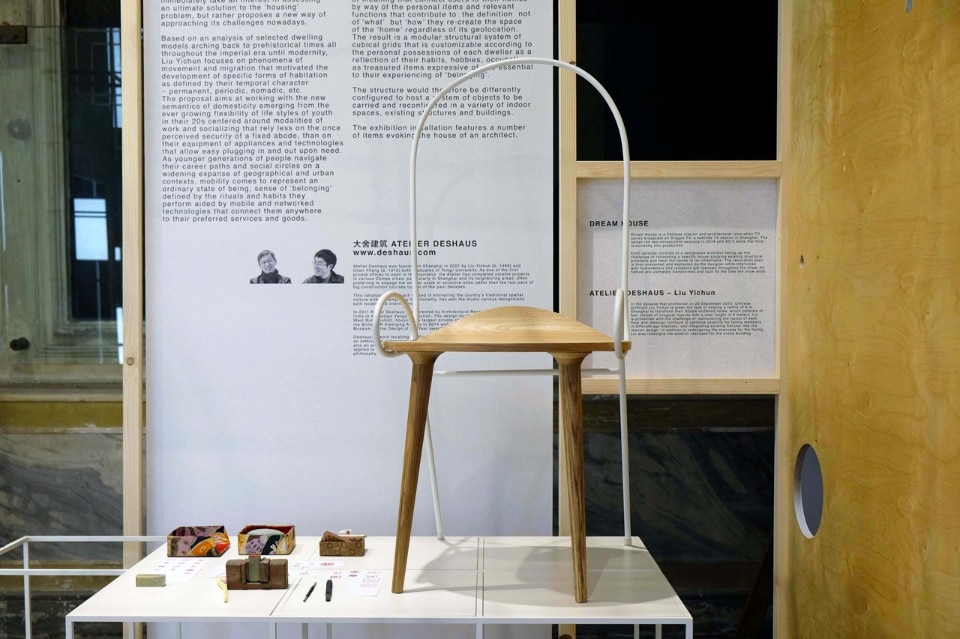
Proposals in the third section Rural Frontiers peruse the vernacular dimension of the rural to empower an alternative economy of sustainable habitation and productive co-dependency for the revitalization of endangered natural ecosystems and long-lasting cultural traditions of China’s rich heritage. These include: Pole House (AZL Architects/Zhang Lei) and Back Home (Approach Architecture Studio/Liang Jingyu, who is also this year’s curator of the Chinese National Pavilion in the Biennale).
The last section Community Plus tackles the new social demographics of so called Ant Tribes, Millennial’s work-and-living habits, and the phenomena of collective housing as generative paradigms of economic and social sharing that are increasingly demanded as the life expectancy of China’s large building stock shortens in face of alarming pollution and unabated urban growth. These include: Overlapped Living (URBANUS/Wang Hui), Urban Furniture – Co-living (B.L.U.E. Architecture/Shuhei Aoyama) and Breathing Home – Start-up Home (NEXT Architects/John van de Water & Jiang Xiaofei).
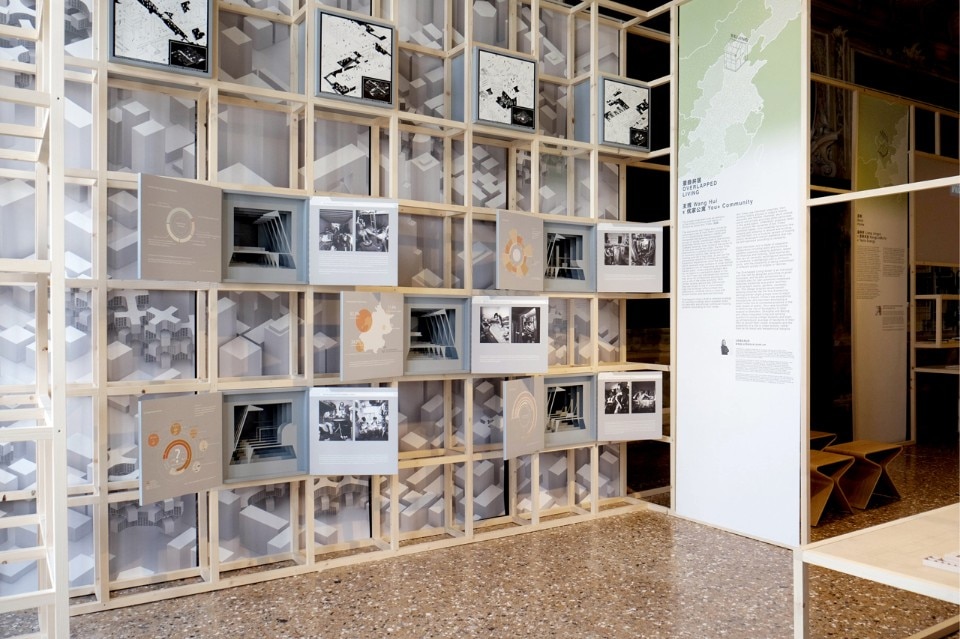
The special set of installations in the Chengdu Kitchen Project section, presented on the ground floor, are product of the collaboration between Beijing Centre for the Arts with architects Kengo Kuma (The Floating Kitchen), Winy Maas/MVRDV (The Infinity Kitchen), and critic and food expert Au Yeung Ying Chai (Kitchen Home).
These three collectively take the universe of conviviality, the cultural dimension of food-making and sharing, specifically ascribed to the city of Chengdu as a starting point for researching and inspiring new modalities of social mutuality in both the private and public realm. These large scale installations include object-based and multimedia presentations forming the first findings of this ongoing multidisciplinary program.
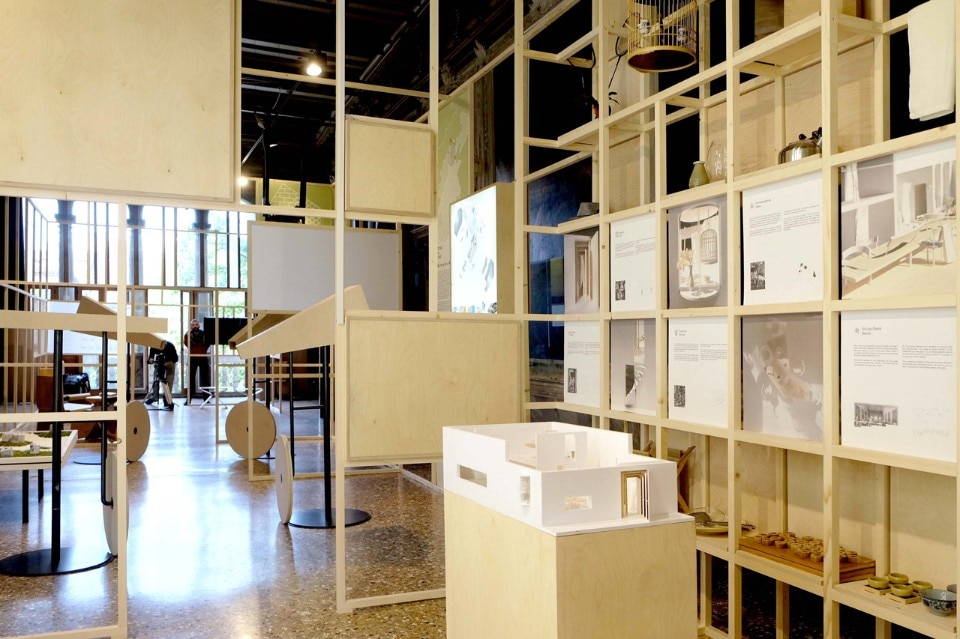
until 23 September 2016
Across Chinese Cities – China House Vision
Curated by Beatrice Leanza, Michele Brunello
Exhibition design by DONTSTOP Architettura (Michele Brunello & Marco Brega), Omri Ravesz Studio
Visual and graphic design by SANS Practice
Ca’ Tron, Santa Croce 1957
Venice


